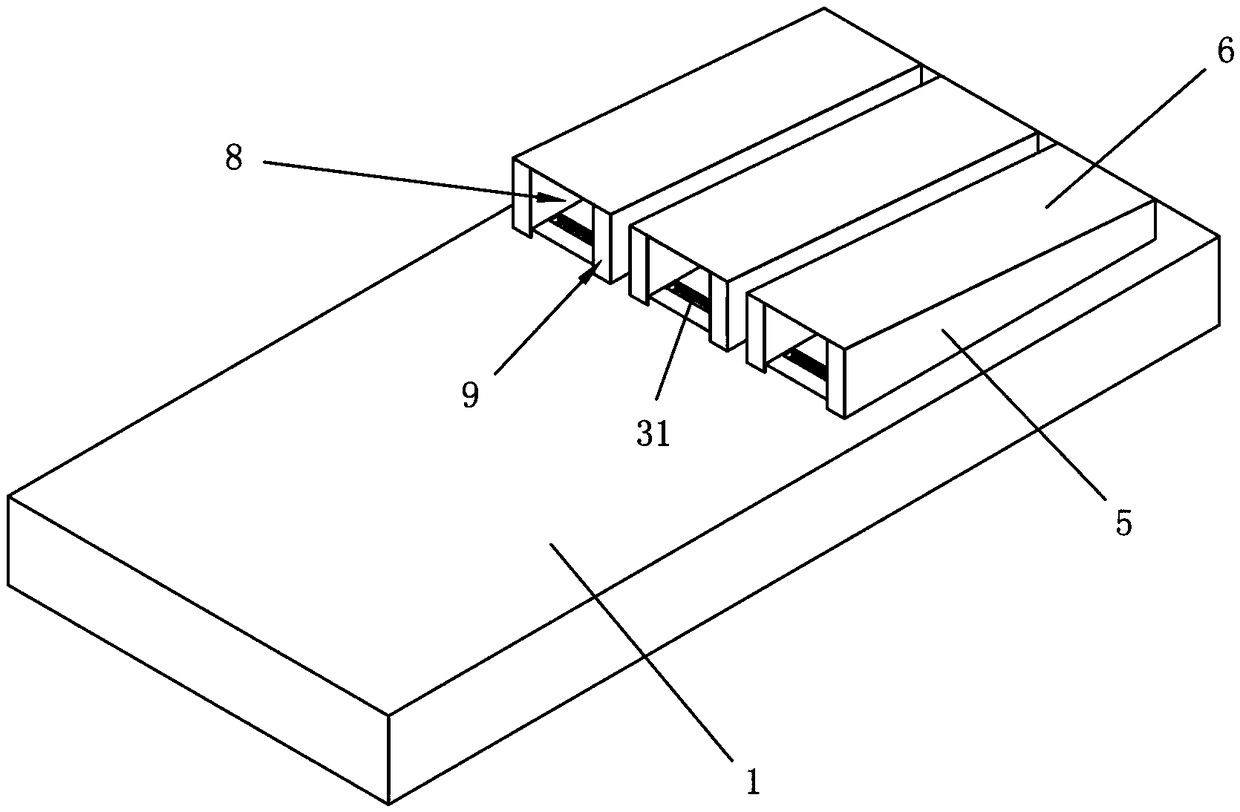Conversion system, heat dissipation device and wind generating set
A technology for wind turbines and heat dissipation devices, which is applied in the modification of power electronics, output power conversion devices, electrical components, etc., can solve problems such as the inability of the converter to operate, and achieve the effect of reliable heat dissipation and reduction of manufacturing costs.
- Summary
- Abstract
- Description
- Claims
- Application Information
AI Technical Summary
Problems solved by technology
Method used
Image
Examples
Embodiment Construction
[0031] In order to enable those skilled in the art to better understand the present invention, specific embodiments of the present invention will be described in detail below in conjunction with the accompanying drawings.
[0032] refer to figure 1 , according to an embodiment of the present invention, a converter system for a wind power generating set is provided. The converter system may include a plurality of power modules 2, each power module 2 may be provided with a radiator 21, and the power module 2 and the radiator 21 may be integrally formed as a single component. The power module 2 can be tiled inside the nacelle of the wind power generating set, for example, can be directly installed on the inner wall of the nacelle.
[0033] Generally, for the nacelle of a wind turbine, it has a head and a tail. When the wind turbine is running, the external airflow or wind flows from the head of the nacelle to the tail, that is to say, the head of the nacelle is the windward side...
PUM
 Login to View More
Login to View More Abstract
Description
Claims
Application Information
 Login to View More
Login to View More - R&D
- Intellectual Property
- Life Sciences
- Materials
- Tech Scout
- Unparalleled Data Quality
- Higher Quality Content
- 60% Fewer Hallucinations
Browse by: Latest US Patents, China's latest patents, Technical Efficacy Thesaurus, Application Domain, Technology Topic, Popular Technical Reports.
© 2025 PatSnap. All rights reserved.Legal|Privacy policy|Modern Slavery Act Transparency Statement|Sitemap|About US| Contact US: help@patsnap.com



